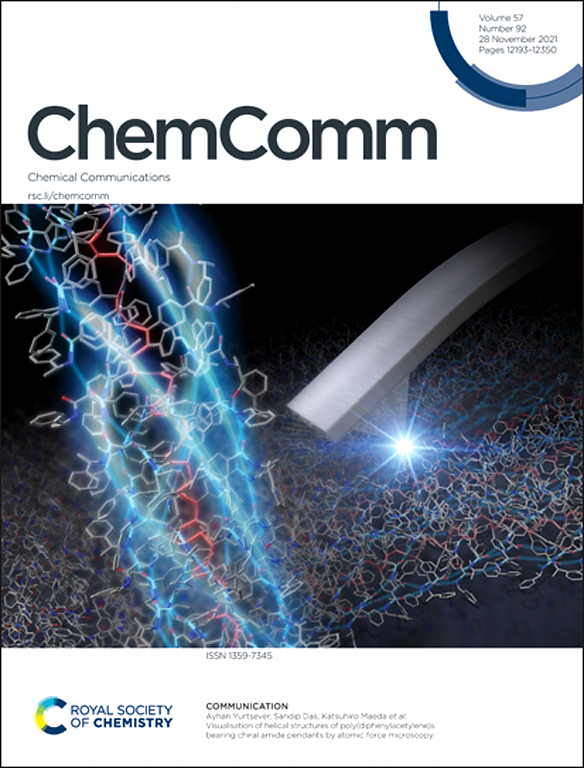利用含氧化剂的微滴超快降解PFAS
IF 4.2
2区 化学
Q2 CHEMISTRY, MULTIDISCIPLINARY
引用次数: 0
摘要
有毒的全氟烷基和多氟烷基物质(PFASs)被称为“永远的化学品”,是具有巨大环境问题的有毒污染物。现有的PFAS去除方法需要长时间和高能量输入才能达到高降解效率。本研究报道了一种利用微滴技术超快速有效地降解PFASs的新方法。通过在PFAS溶液中加入过硫酸钠或芬顿试剂等氧化剂形成微滴,一系列PFAS化合物,包括PFPeA (C4F9COOH)等短链全氟羧酸(PFCAs)被快速降解,降解效率达到77-94%。在环境条件下,微滴反应在不到1ms的时间内完成。相比之下,在无氧化剂的情况下,微滴降解效率为10-17%。此外,PFAS与氧化剂在散装溶液中孵育30分钟,降解效率为9%。结果表明,在含有氧化剂的微滴中,PFAS的降解速度比散装溶液快200万倍以上。根据测定的氟化物产物浓度,我们的研究结果表明,过硫酸盐主要通过双碳降解途径促进PFAS的降解,而芬顿试剂则通过一碳降解途径起作用。总之,本研究提出了PFAS降解的新方法,为开发有效的PFAS去除策略提供了有价值的见解。本文章由计算机程序翻译,如有差异,请以英文原文为准。
Ultrafast PFAS degradation using oxidant-containing microdroplets
Toxic per- and poly-fluoroalkyl substances (PFASs), known as “forever chemicals”, are toxic contaminants of huge environmental concerns. Existing methods for PFAS removal require a long time and high energy input to achieve high degradation efficiencies. This study reports a novel, ultrafast and effective method for degrading PFASs using the microdroplet technique. By forming microdroplets from PFAS solution spiked with oxidant such as sodium persulfate or Fenton’s reagent, a range of PFAS compounds including short-chain perfluorocarboxylic acids (PFCAs) such as PFPeA (C4F9COOH) were quickly degraded with degradation efficiency reaching 77-94%. The microdroplet reaction was completed in less than 1 ms under ambient conditions. In contrast, without oxidant, the microdroplet degradation efficiency was 10-17%. Also, incubating PFAS with the oxidant in bulk solution for 30 min resulted in < 9% degradation efficiency. It appears that the PFAS degradation rate can be accelerated by over 2 million times in oxidant-containing microdroplets in comparison with the bulk solution. Based on the measured fluoride product concentrations, our result suggests that persulfate primarily facilitates PFAS degradation via the two-carbon degradation pathway, whereas Fenton’s reagent operates through the one-carbon degradation pathway. Overall, this study presents a new approach to PFAS degradation, offering valuable insights for developing effective PFAS removal strategies.
求助全文
通过发布文献求助,成功后即可免费获取论文全文。
去求助
来源期刊

Chemical Communications
化学-化学综合
CiteScore
8.60
自引率
4.10%
发文量
2705
审稿时长
1.4 months
期刊介绍:
ChemComm (Chemical Communications) is renowned as the fastest publisher of articles providing information on new avenues of research, drawn from all the world''s major areas of chemical research.
 求助内容:
求助内容: 应助结果提醒方式:
应助结果提醒方式:


